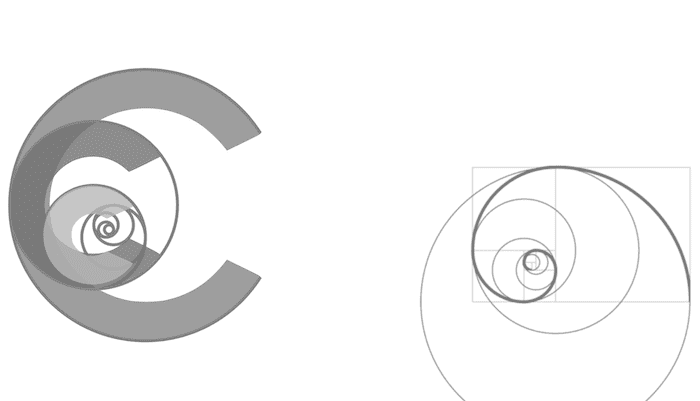Abdominal X-ray and CT
DIAGNOSES
Bowel obstruction
- work out whether small or large bowel.
- work out transition point between dilated and collapsed bowel (start at rectum and work backwards).
Sigmoid volvulus
- coffee bean sign = distended segment of large bowel folded back on itself so that the twisted loops causes two compartments with a central double wall ending in the apex of the twist
Caecal volvulus
- large bowel dilation in pelvis but not coffee bean in appearance
- sigmoid and rectum normal on CT
- “whirl sign” – direct visualisation of the twisted segment of bowel
Bowel perforation in ICU
- difficult to get erect CXR
- perform a left lateral AXR -> can see free air under diaphragm and above liver
- gas on x-ray may persist for 7/7 post laparotomy
- supine AXR:
-> Rigler sign: both inner and outer borders of bowel well defined
-> football sign: air outlines the entire peritoneal cavity with a football shape
-> interloop triangular lucency: triangle of gas between two loops of bowel and abdominal wall
-> subhepatic air: RUQ outlines the inferior border of liver
-> falciform ligament outlined by air: vertical soft tissue density between umbilicus and notch between left and right lobes of liver
Renal injury assessment
- requires an early phase to assess vascular sufficiency/parenchyma and late phase to assess for extravasation of urine.
Pneumatosis intestinalis
- primary (idiopathic or benign)
- secondary (bowel necrosis, bowel obstruction, IBD, immunosuppression, trauma)
Pancreatitis
- area involved (head, body, tail)
- enhancement -> degree of necrosis
- fat stranding
- look for cause: gall stones (not often seen) or dilated CBD
- look for complications: fluid collections, pseudocyst, abscess, pseudoaneurysm, haemorrhage
Pelvic Fractures
- anteroposterior compression (external rotation of the hemipelvis)
- lateral compression (internal rotation of hemipelvis)
- vertical shear
- complex (a combination of multiple patterns of force)
- if there is more than 2.5cm of pubic rami diastasis there must be additional injury to the posterior ligaments.
TIPS AND TRAPS
- small bowel: more central, plicae circulares (circumferential)
- large bowel: more peripheral, haustra (not circumferential)
- if bowel obstruction seen look for: free air, pneumatosis intestinalis and/or gas in portal vein
- if caecum exceeds 12 cm in diameter -> high risk of perforation and decompression should be considered
- if small bowel > 3cm = distended
- placing the film on lung windows can demonstrate subtle evidence of intra-abdominal free gas
References and Links
LITFL
- Hartung MP. Abdominal CT interpretation course. LITFL
- CCC – AXR Interpretation
- Eponymictionary – Leo George Rigler (1896 – 1979) and Rigler sign (1941)
- Top 10 X-Ray foreign bodies
Journal articles
- James. The Abdominal Radiograph. Ulster Med J 2013;82(3):179-187

Critical Care
Compendium
Chris is an Intensivist and ECMO specialist at The Alfred ICU, where he is Deputy Director (Education). He is a Clinical Adjunct Associate Professor at Monash University, the Lead for the Clinician Educator Incubator programme, and a CICM First Part Examiner.
He is an internationally recognised Clinician Educator with a passion for helping clinicians learn and for improving the clinical performance of individuals and collectives. He was one of the founders of the FOAM movement (Free Open-Access Medical education) has been recognised for his contributions to education with awards from ANZICS, ANZAHPE, and ACEM.
His one great achievement is being the father of three amazing children.
On Bluesky, he is @precordialthump.bsky.social and on the site that Elon has screwed up, he is @precordialthump.
| INTENSIVE | RAGE | Resuscitology | SMACC
